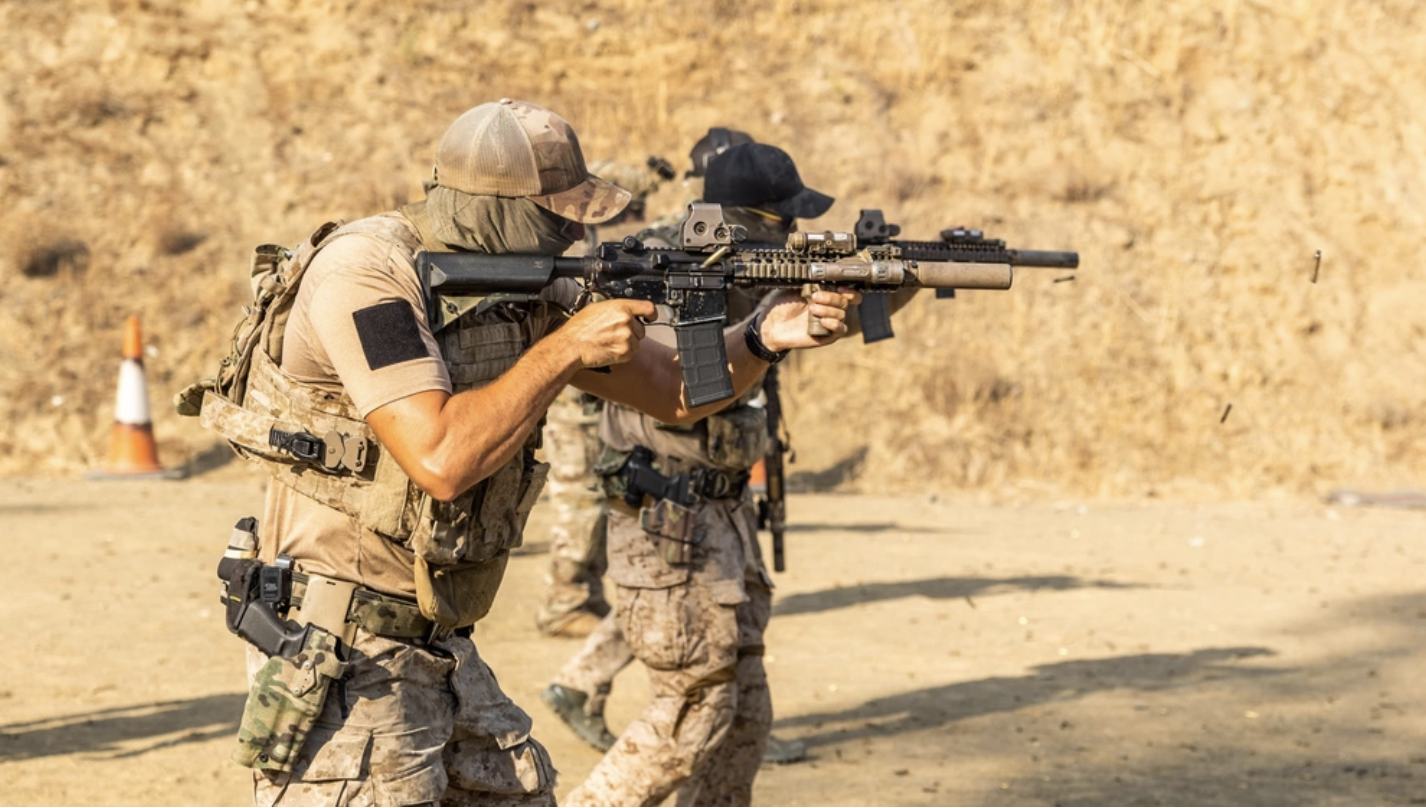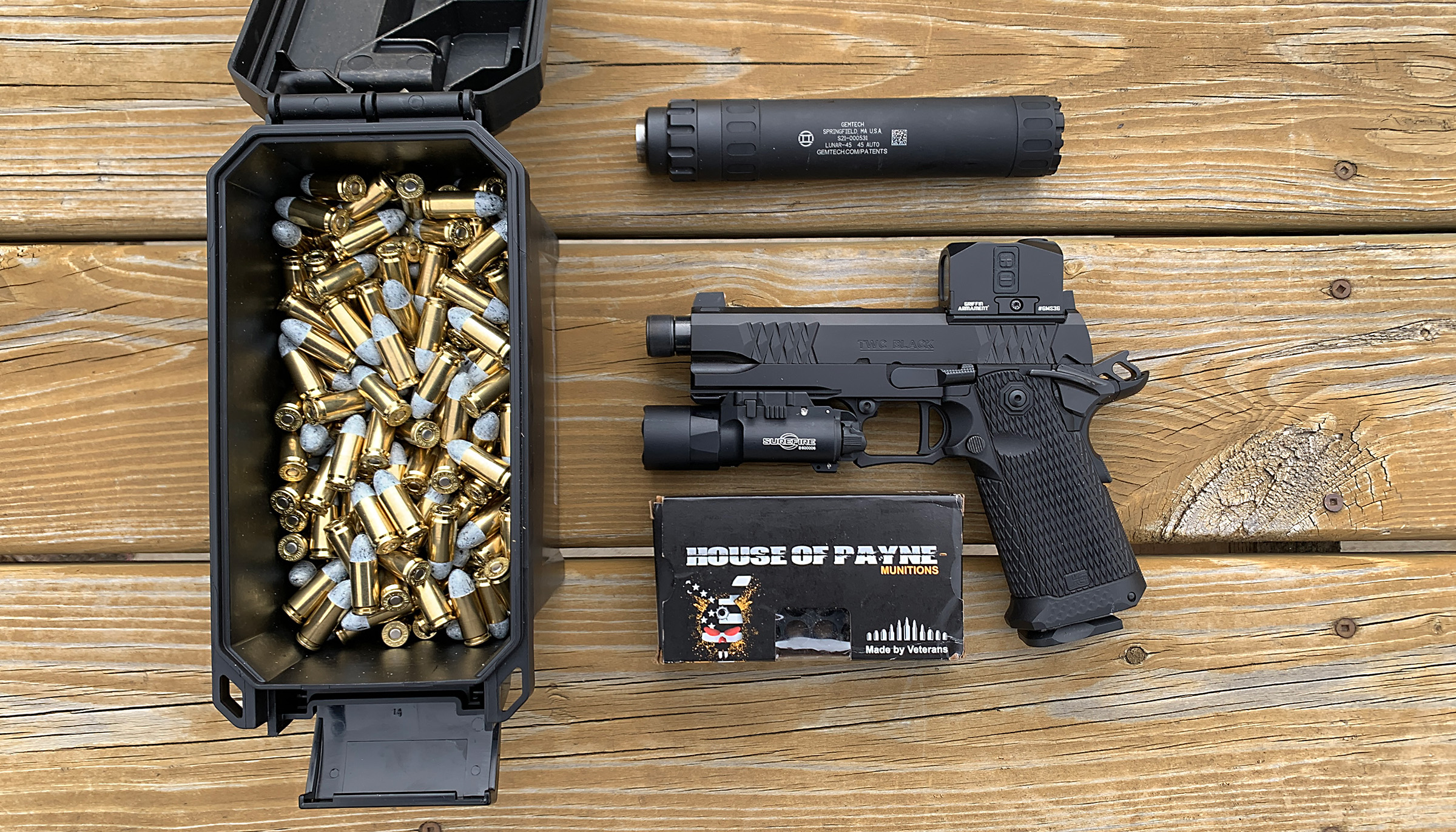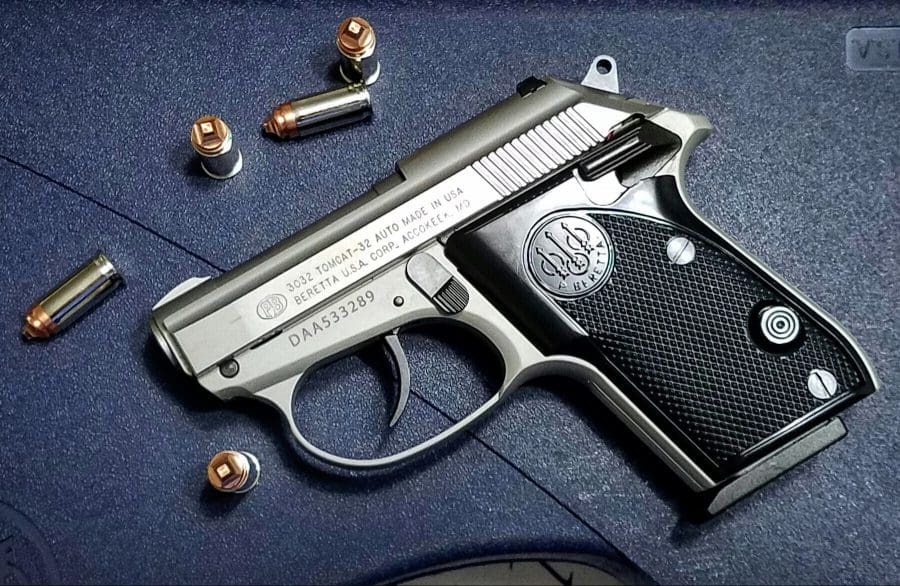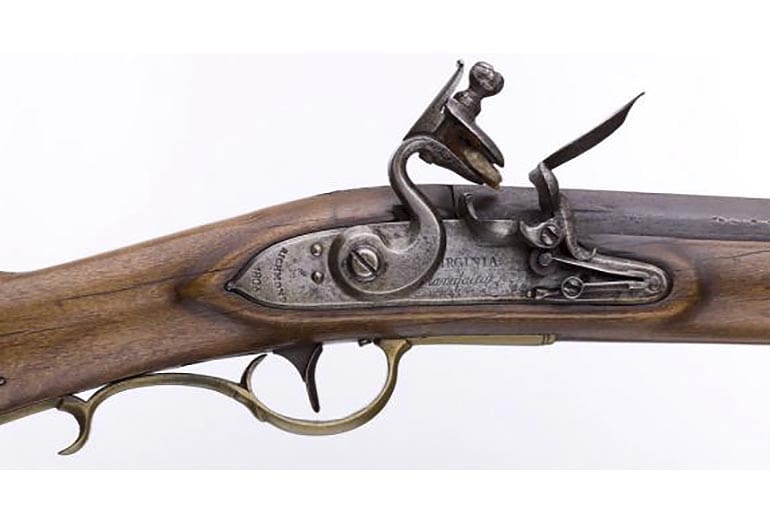
New York inventor Walter Hunt created many items we’re familiar with and still use today. Mr. Hunt patented the lockstitch sewing machine, fountain pen and safety pin. He also attempted to improve ammunition technology in the mid-19th century. His design, known as the Rocket Ball, proved to be far less successful than his other inventions.
Patented in 1848, Hunt’s Rocket Ball design sought to eliminate the need for traditional paper cartridges, which were state-of-the-art for more than a century. Hunt’s creation created a new caseless type of ammunition. (The self-contained metallic cartridge that is ubiquitous today would come later.)

Mr. Hunt’s .31 and .41 caliber bullets had hollow bases packed with a charge of gunpowder. The powder-filled cavity was closed with a waterproof cap. The cap had a small hole through which the ignition source could travel and reach the powder.
When fired, the bullet’s hollow base expanded and engaged the barrel’s rifling, which helped improve accuracy. The cap stayed behind, ending up in front of the next round that was chambered in the gun.
While Hunt’s design was a step forward, it was not without its flaws. Chief among them: its lack of power.
The round’s powder charge was small; it had to fit in the bullet cavity. This created a round that lacked muzzle velocity and effectiveness. By the mid-1850s, the concept had been scrapped and the Rocket Ball design faded into obscurity.
Despite the Rocket Ball’s failure to catch on, it had a profound influence on firearm development.
Hunt’s design created a domino effect through its influence with some big names, such as Horace Smith, Daniel Wesson, Benjamin Tyler Henry and Oliver F. Winchester. As such, Hunt’s failed caseless ammunition paved the way for the iconic lever-action rifles made by Winchester.
Logan Metesh is a firearms historian and consultant who runs High Caliber History LLC. Click here for a free 3-page download with tips about caring for your antique and collectible firearms.








Fun article. I was just thinking about the volitional repeaters the other day.
I like these articles; they’re possibly my second favorite after gun reviews. Please keep them coming.
Good stuff. These are interesting. How about Metal Storm version of caseless ammo today.
https://www.youtube.com/watch?v=d8hlj4EbdsE
I would like to know what the author meant by saying that the design had a profound influence on firearms development. How, exactly? Because it lead to the development of the first rim fire cartridges that (somewhat) solve the issue of an inadequate powder charge? [The Henry .44 rim fire was not all that potent, which was its major flaw, since rifles in the caliber were not very effective past 100 yards, unlike the rifled muskets of the day.]
More that it led to the development of the lever action, which in turn led to the rimfire cartridge. Check out the video i posted from forgotten weapons(AKA “gun jesus”) below.
With more potent propellants, the Rocket Ball lived on in a modernized form – the GyroJet. I used to drool over owning one of those (now a collector’s item) as a kid.
The GyroJet had similar issues to those of the RocketBall.
They were relatively ineffective at close ranges, since it took a certain distance for the propellant charge to get the projectile up to maximum velocity.
Here is the 411 on one of the early links between the rocket ball pistols and the later lever action rifles. A really cool piece of history…
https://www.youtube.com/watch?v=Te1FODnHb68
Ok, so I’ll ask. What about that nice indentation in Mr. Hunt’s otherwise well-coiffed skull?
Training accident.
he also invented the flowbee.
I love these type of historical articles also.
Considering that rounds are much longer today than they were then, this might actually be a viable method of caseless ammunition production.
Not to mention modern smokeless powders energy density compared to black powder.
The issue that would remain though: how to effectively ignite it.
The hammer of the GyroJet guns was in FRONT of the projectile. It struck the nose of the projectile slamming the round backward against the firing pin. The round leaving the chamber automatically cocked the hammer for the next shot.
A percussion primer would work providing that the waterproof material to ‘seal’ the primer could be consumed by the propellant burn…
A needle like the Dreyse or Chassepot might work. Put some sort of percussion cap ahead of the charge in the base of the bullet.
Heh. I always loved the idea of the Rocket Ball. Makes me want to see if I can combine this idea with an idea I have for a caseless butain burning gun.
Isn’t it funny how everything we take for granted or think seems logical took centuries to develop? Tapered boattail rounds versus round shot, rifling versus snoothbore, etc.
I’m not an expert. If the chief flaw is lack of power, why didn’t they extend the hollow base so you can pack more powder?
I suspect that since the base is made of the same lead as the rest, extending it would just increase the risk of rounds being damaged before use, lead not being very strong. Copper might have worked, but I also have to wonder if an open hollow at the back of the bullet might not make it unstable and severely reduce accuracy — and range, for that matter, if instability resulted in tumbling.